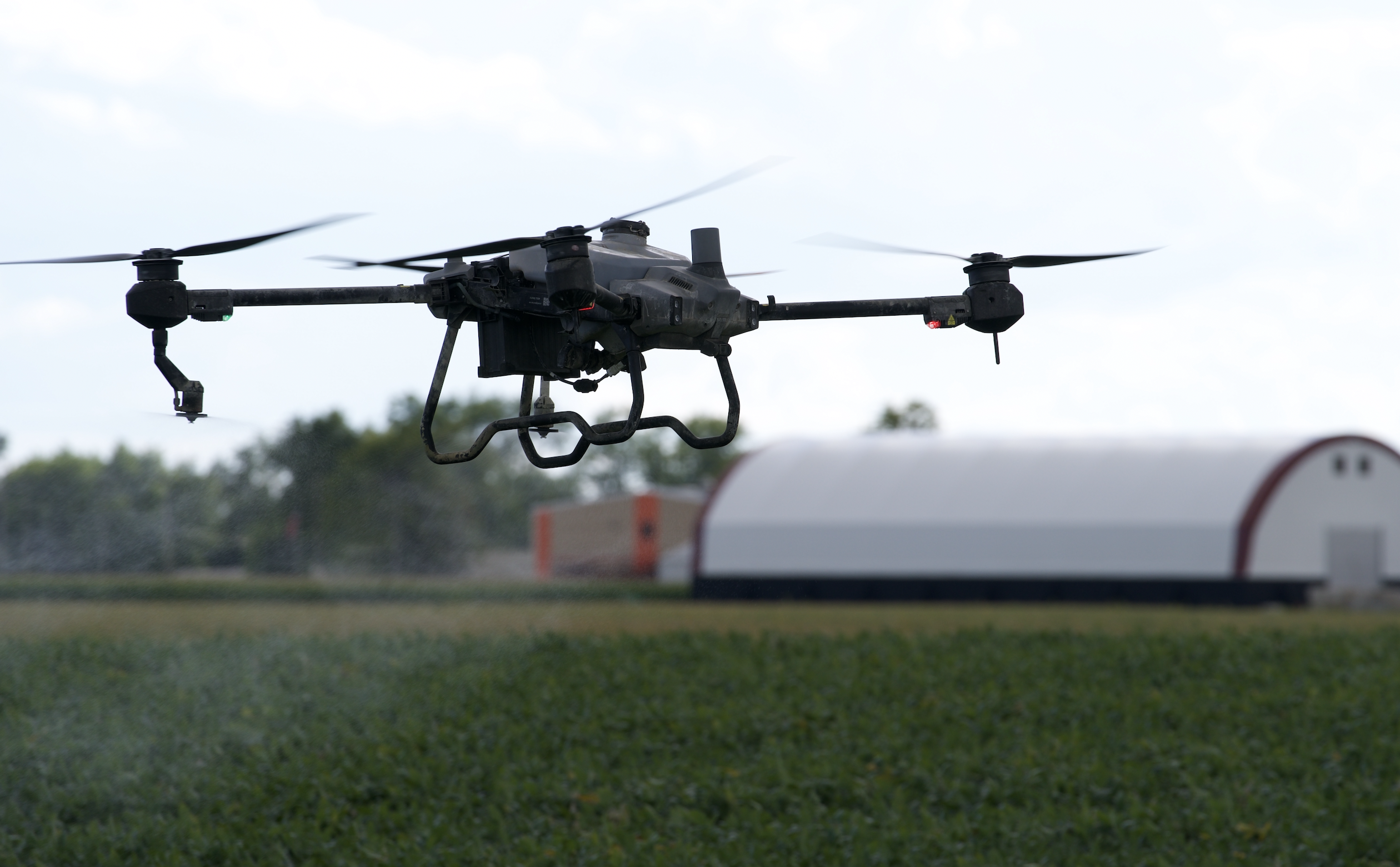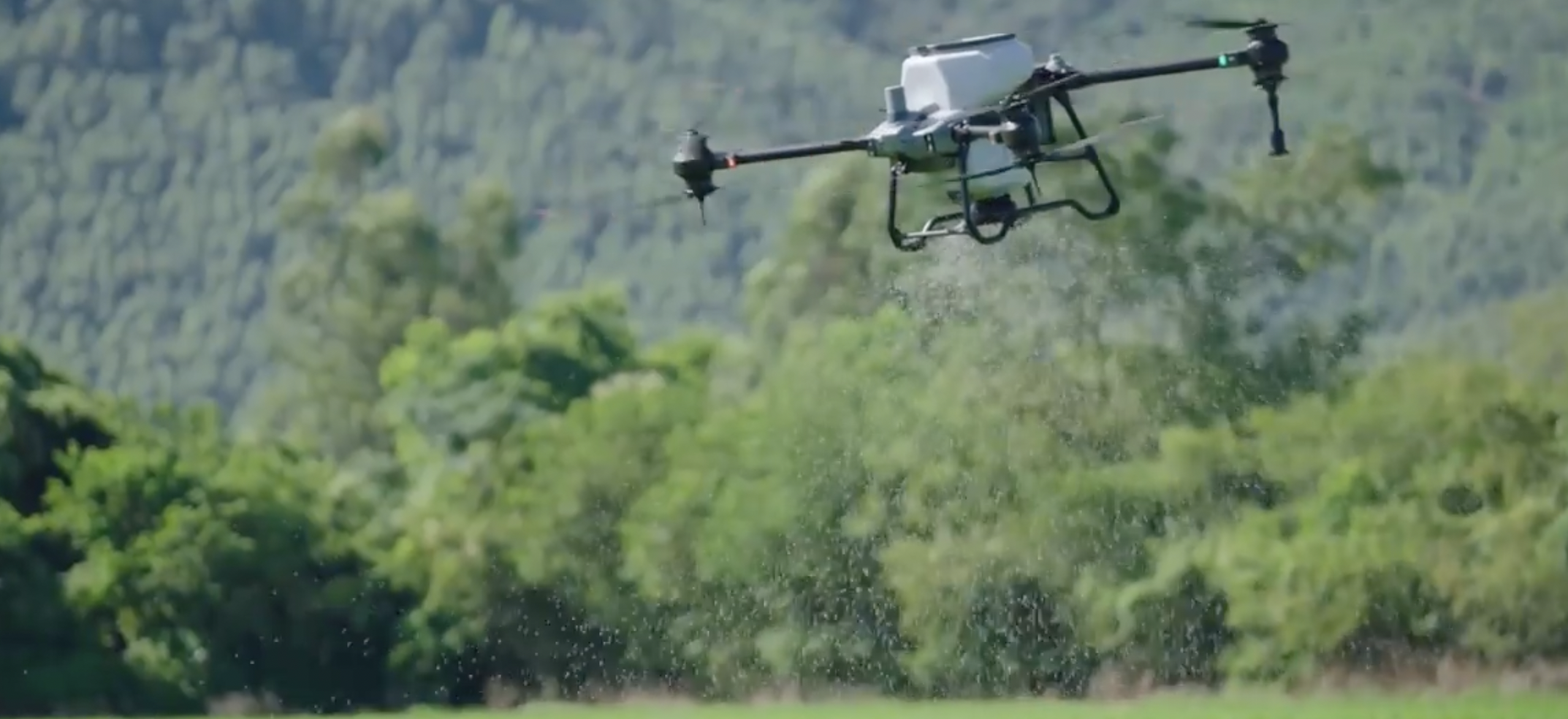

Introduction: In the realm of wildlife conservation, a groundbreaking innovation is taking flight – the ability to seed wet marsh areas for waterfowl using drones. This blog explores the transformative impact of “Drone Seeding Wetlands” on waterfowl habitats, ushering in a new era of precision and efficiency in conservation efforts.
The Challenge of Wetland Seeding: Wetlands play a crucial role in supporting diverse ecosystems, and providing essential habitats for waterfowl and countless other species. However, traditional methods of seeding wet marsh areas for waterfowl conservation have faced challenges, particularly in hard-to-reach or sensitive environments. Enter drone technology – a game-changer that is revolutionizing the way we approach wetland restoration and habitat enhancement.
Precision Seeding with Drones: The advent of drone seeding introduces a level of precision previously unattainable in wetland restoration efforts. Drones equipped with advanced sensors and GPS technology can navigate through challenging terrain, reaching wet marsh areas with precision. This precision allows for targeted seeding, ensuring that native vegetation crucial for waterfowl sustenance and nesting is strategically planted in the right locations.
Efficiency and Accessibility: Drone seeding not only enhances precision but also addresses the efficiency and accessibility challenges associated with traditional methods. Drones can cover large wetland areas swiftly, overcoming obstacles that might impede manual or machinery-based seeding. The ability to access remote or challenging locations ensures that every corner of a wetland can be seeded, contributing to comprehensive habitat restoration for waterfowl.
Environmental Considerations: Beyond efficiency, drone seeding emphasizes environmental considerations. The lightweight design of drones minimizes ground disturbance, reducing the risk of soil erosion and preserving the delicate balance of wetland ecosystems. Additionally, the controlled application of seeds contributes to resource optimization, promoting sustainable conservation practices.
Unlocking New Conservation Frontiers: “Drone Seeding Wetlands” unlocks new frontiers in waterfowl conservation. The ability to precisely seed wet marsh areas facilitates the restoration of degraded habitats, enhances biodiversity, and supports waterfowl populations. As drones take flight over wetlands, they become invaluable allies in the ongoing effort to preserve and protect these vital ecosystems for future generations.
Conclusion: In the convergence of technology and conservation, the emergence of drone seeding for wetlands marks a pivotal moment for waterfowl habitats. As we embrace the possibilities offered by “Drone Seeding Wetlands,” we sow the seeds of hope for a future where precision, efficiency, and environmental stewardship harmonize to safeguard the delicate ecosystems that waterfowl call home. The skies above wetlands now hold the promise of a brighter and more sustainable tomorrow for our feathered friends.

AgFly provides aerial Agriculture solutions where traditional methods are not possible and in areas where aerial applications increase efficiency and/or yields.
© 2026 All Rights Reserved.